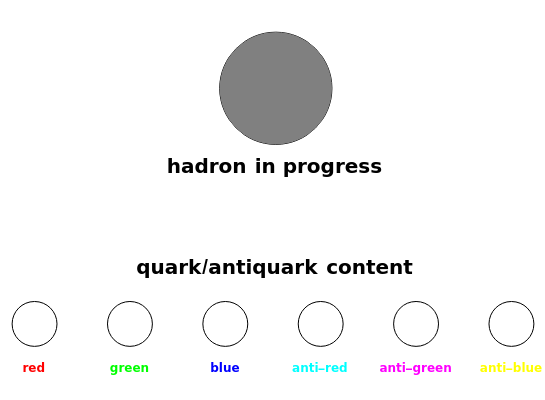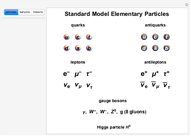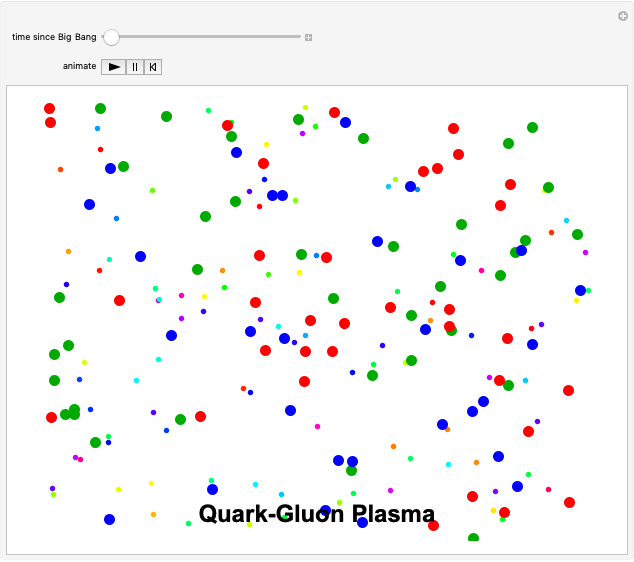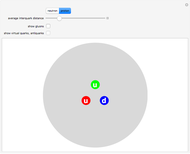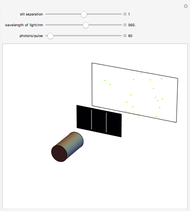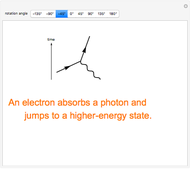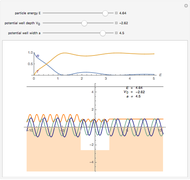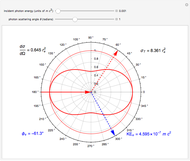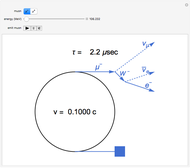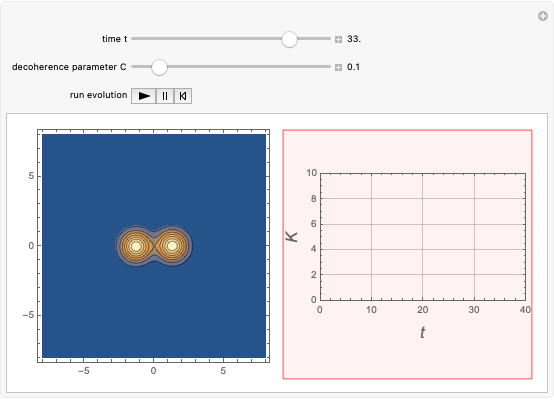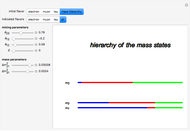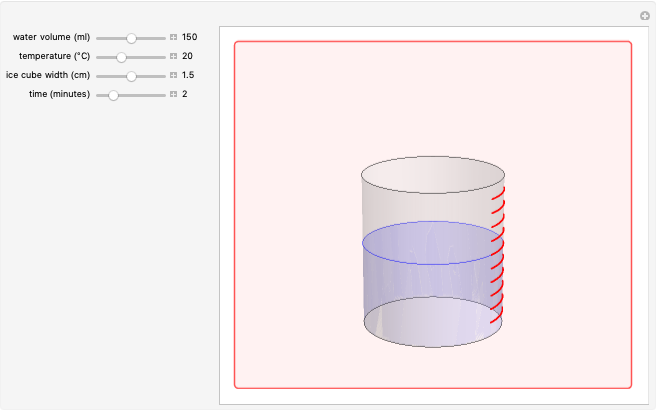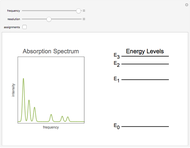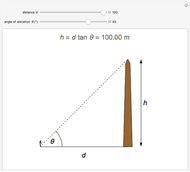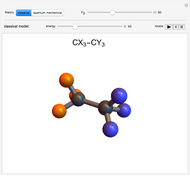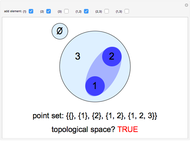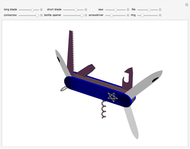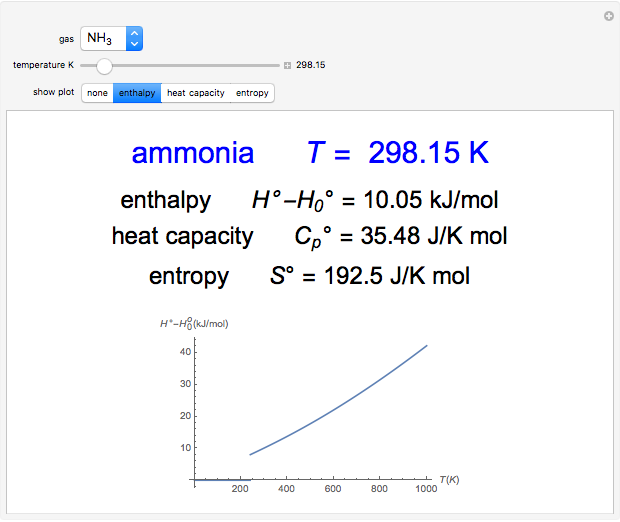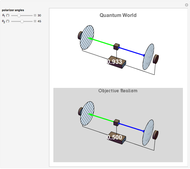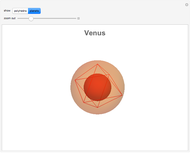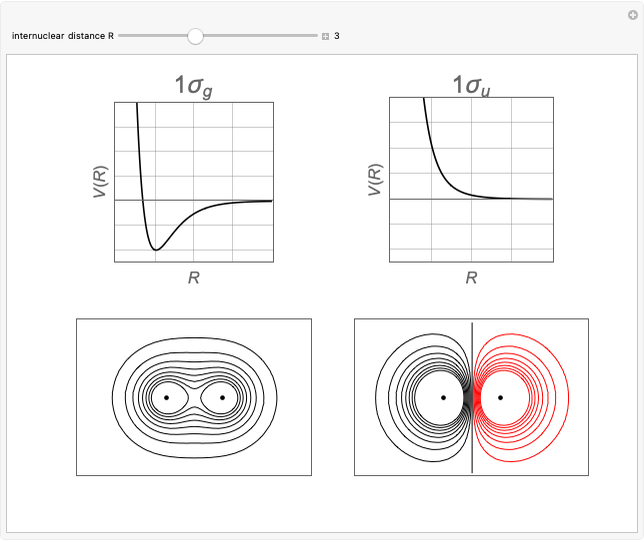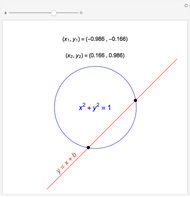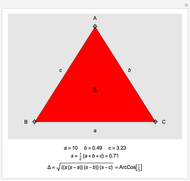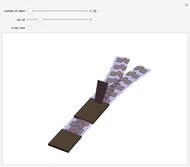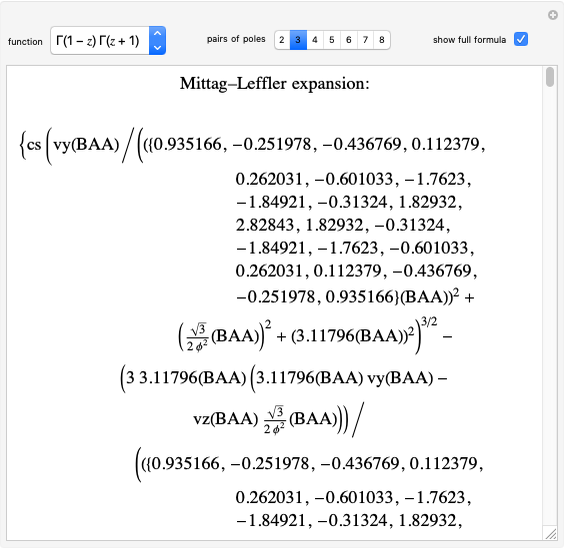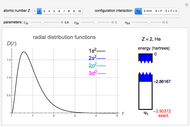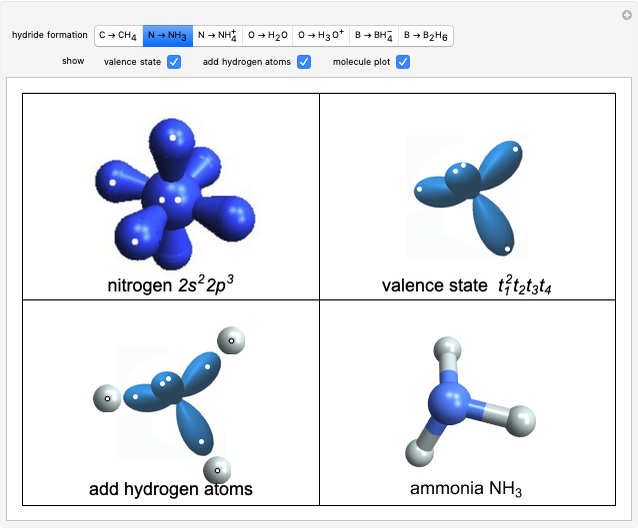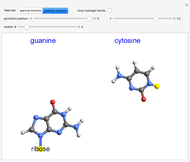Combining Colored Quarks

Requires a Wolfram Notebook System
Interact on desktop, mobile and cloud with the free Wolfram Player or other Wolfram Language products.
Quarks, the building blocks of hadrons (baryons and mesons), exist in six different flavors, namely up (u), down (d), strange (s), charm (c), bottom (b), and top (t), along with their corresponding antiquarks. For each flavor, there exist three possible colors, designated red, blue, and green. These have nothing to do with actual visible colors but, as you will see, the way in which they combine is highly suggestive of the behavior of colored lights. The corresponding antiquarks have colors designated as anti-red, anti-green, and anti-blue. These behave, in fact, quite analogously to cyan, magenta, and yellow, respectively, the associated complementary colors in conventional optics.
[more]
Contributed by: S. M. Blinder (March 2011)
Open content licensed under CC BY-NC-SA
Snapshots
Details
Snapshot 1: An incomplete hadron containing red and green quarks. No particle with a net color can exist. Adding a blue quark gives the color-neutral baryon in the thumbnail.
Snapshot 2: A color-neutral antibaryon, combining anti-red, anti-green, and anti-blue.
Snapshot 3: A color-neutral meson. Additional color-anticolor pairs can be added.
Permanent Citation
"Combining Colored Quarks"
http://demonstrations.wolfram.com/CombiningColoredQuarks/
Wolfram Demonstrations Project
Published: March 7 2011
